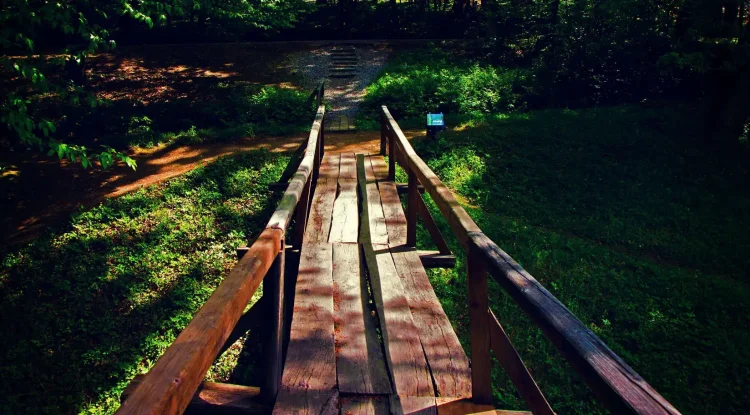The Pacific Crest Trail, commonly referred to as the PCT, spans 2,650 miles across the stunning terrains of the United States. It journeys through the states of California, Oregon, and Washington, unveiling nature’s breathtaking landscapes along the way. This epic trail extends from the U.S.-Mexico border all the way to Canada, embodying the spirit of long-distance hiking.
Planning the Adventure
Before embarking on this life-changing journey, thorough planning is essential. A successful hike on the PCT requires meticulous attention to logistics, gear, and training.
- Logistics: The trail spans various climates and terrains. It’s vital to understand the section you plan to hike, whether it’s the desert stretches in Southern California or the lush forests in Washington.
- Permits: Many parts of the trail require permits. Ensure you acquire the necessary permits beforehand to avoid any legal issues.
- Resupply Points: With the considerable length of the trail, you’ll need to plan your resupply points. Towns and post offices along the trail are great for mailing food and gear resupplies ahead of time.
- Training: Physical fitness cannot be overlooked. Conditioning your body through regular hikes and endurance training will prepare you for the grueling journey ahead.
Geographical Wonders
One of the mesmerizing aspects of the PCT is its diversity in geographical features. Each section of the trail offers unique vistas and challenges.
Southern California
This section is characterized by its arid desert landscapes and imposing mountain ranges. Hikers face high temperatures and scarce water sources. However, the captivating beauty of the Mojave Desert and the San Jacinto Mountains make it a worthwhile endeavor.
Central California – The Sierra Nevada
The Sierra Nevada is perhaps the most iconic section of the PCT. Featuring crystalline alpine lakes, towering granite peaks, and lush meadows, the Sierra Nevada offers some of the most awe-inspiring views. Key highlights include:
- Mount Whitney: The highest peak in the contiguous United States, standing at 14,505 feet.
- John Muir Trail Segment: A PCT overlapping section renowned for its stunning scenery.
Northern California
This region transitions from the high mountains of the Sierra Nevada to the volcanic landscape of the Cascade Range. Sites to note include Lassen Volcanic National Park and the remarkable Castle Crags.
Oregon
Oregon offers a greener landscape, with lush forests, crystal-clear lakes, and vibrant meadows. Notable spots include the Three Sisters Wilderness and Crater Lake, the deepest lake in the U.S.
Washington
Washington provides a dramatic conclusion to the PCT with its rugged terrain and coastal ranges. The North Cascades are particularly noteworthy for their jagged peaks and deep valleys. The journey ends at the Canadian border in a true symphony of nature’s grandeur.
Challenges of the Trail
Hiking the PCT is no simple feat. Numerous challenges await trail-goers:
- Weather: Hikers encounter diverse weather conditions, from the scorching desert heat to freezing alpine temperatures.
- Wildlife: Bears, snakes, and other wildlife encounters add a level of excitement and danger.
- Physical and Mental Fatigue: The prolonged exposure to the elements and the extensive hiking can take a toll on the body and mind.
Being prepared to face these challenges is crucial for a successful hike.
The Community and Culture
The PCT community is vibrant and supportive. ‘Trail Angels’ offer assistance to hikers in the form of food, water, and shelter. This culture of camaraderie and mutual support is a unique aspect of the PCT experience. Additionally, the trail is rich with tradition and history, making each step a walk through time.
Leave No Trace Principles
Preserving the pristine nature of the PCT is paramount. Hikers are encouraged to adhere to Leave No Trace principles, which include:
- Plan Ahead and Prepare: Proper planning helps minimize waste and ecological impact.
- Travel and Camp on Durable Surfaces: Stick to trails and established campsites to avoid damaging sensitive areas.
- Dispose of Waste Properly: Pack out everything you pack in. Leave nothing behind.
- Leave What You Find: Preserve the environment as is, for others to enjoy.
- Minimize Campfire Impact: Use a stove for cooking instead of making fires. If you must make a fire, use established fire rings and keep it small.
- Respect Wildlife: Observe animals from a distance and do not feed them.
- Be Considerate of Other Visitors: Maintain a respectful attitude towards fellow hikers.
The Rewarding Experience
Completing the PCT is a profound accomplishment. The sense of achievement, coupled with the stunning natural beauty and the bonds formed along the way, make the journey unforgettable. Every mile presents a new adventure, a new challenge, and a new memory.
The Pacific Crest Trail is more than just a hike; it’s a journey into the heart of wilderness, a test of endurance, and a celebration of nature’s wonders.


















